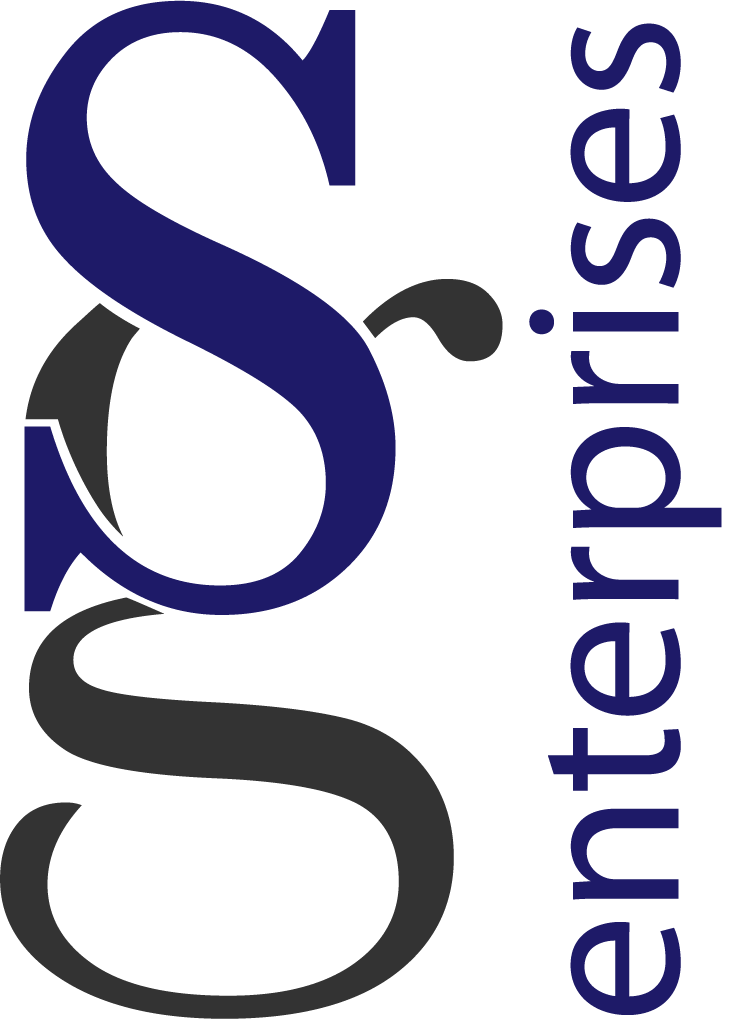Doing More With Less In A Family Business
A family owned and operated moving & storage company was at the beginning of their busiest time of year when all three office office workers unexpectedly quit.
The Problem
A small but growing family-owned moving & storage company in Southern California employed three full time office workers. The office staff answered sales calls, dispatched crews, managed over the road drivers, processed claims and billed customers. As the summer season got underway—the busiest time of year for moving companies—all three office staff quit on the same day.
The husband and wife owners actively managed the company. The husband handled sales and operations while the wife handled the office staff. Although the wife had trained all the office staff and knew how to keep things running, the volume of business—especially at this time of year—was far more than she could handle alone.
The Approach
Over the course of the previous year, the owners had moved into a newly purchased building—a result of their ongoing growth. They hired me to update their office technology infrastructure and make their business processes more efficient. I created standard operating procedures for all daily, weekly, and monthly tasks, updated their computers and networking infrastructure, and injected technology solutions where appropriate to automate many of their processes.
When the office staff walked out, the company immediately hired an office worker from the local temp agency and trained her on the businesses’ daily processes using the procedures manual I developed.
The Result
The disruption caused by the sudden exodus of the office staff lasted only about a week. With documented business processes, updated technology, and automation in place, the “temp” worker was onboarded in record time and able to handle daily operations after only a few days of learning. For the rest of the summer, the business survived the busy season with that same temp and a little extra help from the owner. Together they maintained the level of service typically provided by three full time office staff.
While the original intent of the company’s business process improvements was to ease the administrative burden on the existing office staff, it turned out to be an unintended but excellent case study of how stable processes complemented by technology can help small business free up capacity to do more with less.
Organizational Realignment
A Fortune 100 manufacturing company wanted to do business better, but wasn’t sure their organizational structure was maximizing the value of a particular set of skills.
The Problem
A large manufacturing company had nearly 2,000 people embedded throughout the enterprise in the skill code of "industrial engineer." There was concern that the current state of the skill code did not align with the stated vision for the skill. Senior leadership commissioned a benchmarking study for the purpose of gaining a better understanding of the role, utilization and application of the industrial engineering skill in other organizations. Leadership asked for areas of opportunity and recommended improvements to align with industry and maximize utilization of the skill.
The Approach
I assembled a team of five to collect data from 61 organizations in 13 industry sectors throughout North America. Over the course of two years, I designed the study and led the team in data collection and analysis. We conducted surveys as well as virtual and on-site interviews and visits. The data was synthesized into a white paper with a full analysis of the current impact of the skill and recommendations for organizational changes that were likely to magnify that impact. I created a robust communications campaign using internal social media infrastructure to socialize the study’s results to decision makers throughout the company. The recommendations ultimately were delivered to the chief technology officer for consideration across the enterprise.
The Result
Following the pitch to the C-suite, some of the study’s recommendations were immediately implemented. Other recommendations were adopted over the course of the next few years based on business unit need and maturity. Eventually all industrial engineers were re-aligned to an engineering value stream throughout the enterprise. The skill code qualifications and pay structure were updated to better align with industry.
Digital Transformation of A Manufacturing Line
IT attempted to digitize a manual paper process but fell short on user adoption and systems thinking.
The Problem
An aircraft repair and modification line relied on quickly identifying defects, creating a disposition, and scheduling repair work in order to stay on time and under budget. The 10-year contract was worth $1B but relied on delivery incentive award fees for profit margin. Performance was therefore critical and the time each unit spent in the repair depot had to be minimized in order to make money. The legacy process for capturing defects was paper-based and inefficient and posed tremendous risk to keeping time in the repair depot low. IT attempted a digitization project, but it did not yield the desired results.
The Approach
I quickly identified two major problems: user adoption and the downstream disposition process. User adoption of the initial digital solution was low because there was no process optimization, only a shift to a computer-based form instead of paper. This was a barrier of entry to the shop floor mechanics with decades of experience who preferred the paper process. I interviewed and observed the users and created user stories to capture their pain points. I created a small team that included internal company software developers and an on-site application support representative. Together we worked a series of sprints to create a digital solution that optimized the process and included training and feedback loops.
In the initial digitization effort, no one considered the systems view. Digitizing the data collection added no value if the downstream disposition process was still manually completed for every defect. I analyzed defects over the previous five years and created a pareto of the most common problems. Together with the disposition team, we identified the “easy” defects—the ones with the most straight-forward repairs—and began creating a standard disposition library. Combined with the optimized data collection process, we could now let the computer match defects to dispositions, reducing the demand on the disposition team and increasing the throughput of dispositions back to the scheduling, supply chain, and repair teams.
The Result
Over a 12 month period, the new digital disposition system reduced defect detection and disposition process times by 50%. The disposition library continued to grow, slowly replacing ad-hoc dispositions with standard work that reduced instability and eased the burden on all downstream processes. The disposition team no longer needed additional headcount to keep up with their workload (no jobs were eliminated, but an increase was avoided). User adoption increased and most users after a year were asking to use the new system.
Transforming The Call Center
The call center technology was not integrated and the manager needed help with the cost benefit analysis and vendor selection process.
The Problem
A rapidly expanding business was heavily invested in their customer support capabilities. As the business scaled, they continued to add more people resources and technology services. Their technology infrastructure was a hodgepodge of vendor solutions which included a phone system, ticket tracking, scheduling, labor management, and CRM integration. Each was added as a near term solution to an emergent problem over the years. The solution was now cost prohibitive, suboptimized, and not delivering the features a more integrated solution would provide. The customer service manager began investigating new solutions but did not have experience selecting vendors or performing a cost-benefit analysis.
The Approach
The manager recruited me to help. We assembled a customer support task force to select and implement a new vendor solution. We captured functional requirements and created visual artifacts to track the vendor solutions against the needs as well as the non-recurring and recurring costs. The customer service team lead was most familiar with the current-state challenges and required future functionality, so I coached her through creating the cost-benefit analysis and together we presented a proposal to senior leadership.
The Result
Given the growth trajectory of the company and the nature of the existing contracts with multiple service providers, the proposal projected an immediate monthly savings to the company and a very fast payback on the nonrecurring costs related to configuration and transition. The C-suite approved the proposal. I continued to provide project oversight during the implementation phase, working with the vendor’s project managers and company subject matter experts to insure all requirements were gathered and the transition was executed smoothly, on schedule, and under budget.
Building A Successful Team
The previous hiring strategy was not aligned with the needs of the team or the business. New team members either couldn’t perform or left the team, creating the Dead Sea Effect.
The Problem
The demand for an engineering team within a Fortune 100 manufacturing company was experiencing unprecedented growth. More talent was needed as workload continued to increase. The environment was not traditional. The team was distributed across 21 different compartmentalized business areas. Daily work was unpredictable and problem statements often ambiguous. As demand for more talent increased, so did attrition, topping out at 25%.
New hires either struggled to perform or left the chaotic team, compounding the problem. The staffing gap created panic, which lead to requirements that focused on headcount rather than deliverables. People were hired to the team primarily to close the staffing metric and calm the chaos. Candidates screened by talent acquisition and passed along as potentially good hires lacked basic qualifications needed to be successful in the role. A lot of decent candidates were added to the team, but they were not a good fit for the work to be done.
The Approach
Job descriptions did not accurately describe the work to be done, and posted job qualifications were equally misleading. I re-wrote the job descriptions to be more enticing, aligned with the company’s branding, and representative of the daily work. Next, I examined the hiring process. I partnered with talent acquisition to create sample resumes marked up to demonstrate how to differentiate between red flags and skills and experience that made for a promising candidate. Finally, I standardized the interview process. All interviews were either in person or via videoconference (no more phone-only interviews). Questions were standardized and designed to assess the extent to which a candidate possessed a specific skill.
The Result
Over a three-year period, the team tripled in size and attrition was cut in half. Candidate selection became more efficient at every stage of the process, and the ratio of interview to successful hire improved by over 400%.





